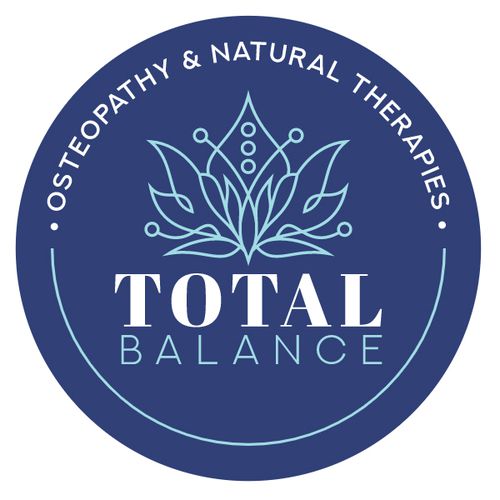
Osteopathy is a holistic approach to healthcare that aims to diagnose and treat the person as a whole, not just their symptoms. Osteopathic practitioners are fully qualified doctors who use osteopathic techniques alongside conventional medicine to address a wide range of health issues and support the body's natural healing mechanism. This article examines the benefits of osteopathy, how it works, and what conditions it may help with.
What is Osteopathy?
The human body's natural state is one of health, but when it does get a little out of sorts, it does have the ability to heal itself, as long as it has the optimal conditions to do so. Osteopathy aims to create the optimal conditions for health and wellbeing by removing barriers to good health – they could be structural, poor posture or a range of lifestyle factors.
Developed in the late 19th century by American physician Andrew Taylor Still, osteopathy has since gained popularity around the world due its efficacy. In Australia, osteopaths study for five years at university, and are considered primary healthcare practitioners.
A Gentle Treatment Option
Osteopathy is a form of manual therapy that focuses on how the skeleton, joints, muscles, nerves, circulation, connective tissue and internal organs function as a whole.
Osteopathic physicians use a range of gentle manual techniques, including soft tissue massage, stretching and joint manipulation, to promote mobility and balance. They may also use heat or cold treatment for pain relief or muscle tension. Only when the bones, joints and muscles are working smoothly and harmoniously can the other systems of the body (the nervous, circulatory and lymphatic systems) function at their best. The gentle techniques have a calming and balancing effect on the nervous system – you may notice a feeling of relaxation after a treatment.
Osteopathy treats musculoskeletal pain and problems, but may also play a role in managing other medical conditions. The most common complaints for which people usually consult osteopaths about include:
- Back and neck pain
- Knee and joint pain
- Sciatica
- Headaches
- High blood pressure
- Shoulder pain
- Work-related and repetitive strain injuries
- Sports injuries
- Chronic pain
You may also find an osteopathic treatment good for conditions like asthma, endometriosis, or circulation issues. Pregnant or post-natal women may find osteopathy a good option to help with back pain, and in preparing the body for childbirth and get things back into alignment after giving birth.
Osteopathy Encourages You to Take Responsibility for Your Own Wellbeing
Osteopathic medicine encourages you to be accountable for your own health and wellbeing, not just while you are suffering pain or discomfort, but over the long term. As holistic practitioners, osteopathic physicians help you discover what could be contributing to your disorder – whether it's caused by your lifestyle or other factors in your environment – before discussing what goes into your treatment plan.
Besides manipulative treatment techniques, an osteopath might provide you with a variety of other therapies and treatments in order to speed up your healing process and ensure you reach optimal health faster. Your therapist may prescribe exercise therapy or relaxation techniques, or simply ask you to observe your body to determine how to move in a more gentle way - all with the aim of helping your body heal itself.
An osteopathic treatment does more than treat the physical body. It also helps with mental health, reducing stress, anxiety and depression along with the physical effects of the manipulation techniques.
Through the Natural Therapy Pages' comprehensive list of practitioners, you can find health practitioners who specialise in osteopathic medicine in your local area and improve the quality of your life.
Originally published on Feb 01, 2011








